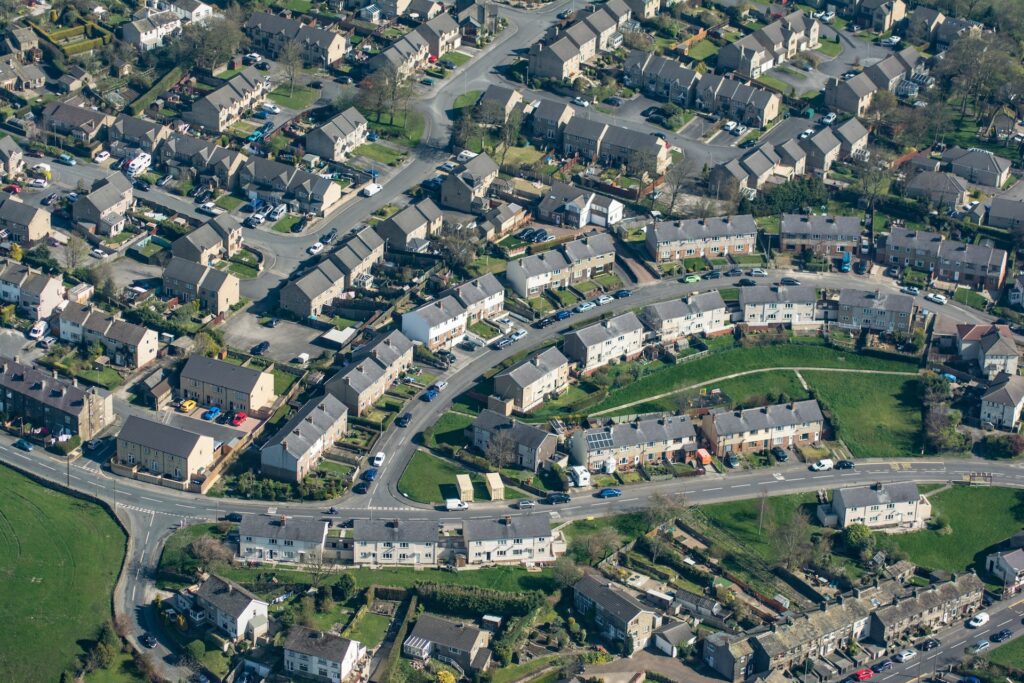Although the Act has now received Royal Assent, most of its provisions will not come into effect for around 18 months to two years. Here are six key provisions.
Changes to the Defective Premises Act (“DPA”): The limitation period is extended from 6 years to 15 years for claims that accrue after the commencement date and applies to claims relating to the construction and refurbishment of dwellings. If the claim relates to construction (and not refurbishment) of dwellings completed before commencement, there is a retrospective 30- years limitation period to bring claims.
Section 38 of the Building Act 1984: This allows a claim for compensation to be brought for physical damage caused by a breach of the building regulations. This applies to all buildings and not just dwellings.
Protection for leaseholders: There are changes to leaseholders’ liability for costs associated with remedying “relevant defects” caused by a landlord or developer.
New construction product cause of action: There are new grounds for bringing claims against construction product manufacturers who create a construction product that fails to comply with construction product regulations, is mis-sold or is inherently defective.
New duties for involvement with high-risk buildings: “High-rise buildings” are defined as buildings with 7 or more storeys or that are 18 metres of higher and either have at least 2 residential units or are hospitals or care homes. Those involved in the design, construction, and refurbishments of these types of buildings, must comply with building regulations.
New Building Safety Regulator (“BSR”): The BSR will be responsible for overseeing the safety and standards of all buildings, helping and encouraging the building environment industry and building control professionals to improve their competence and lead implementation of the new regulatory framework for high-rise buildings.
The broadening of potential claims under DPA and the Building Safety Act will be of particular concern to design and construction professionals and their professional indemnity insurers. However, it is difficult to predict the specific impact of these changes until the claims start being made and court judgments start being handed down.
Our dedicated Construction team is used to advising clients on the Building Safety Act. If you have any questions, please don’t hesitate to get in touch.



